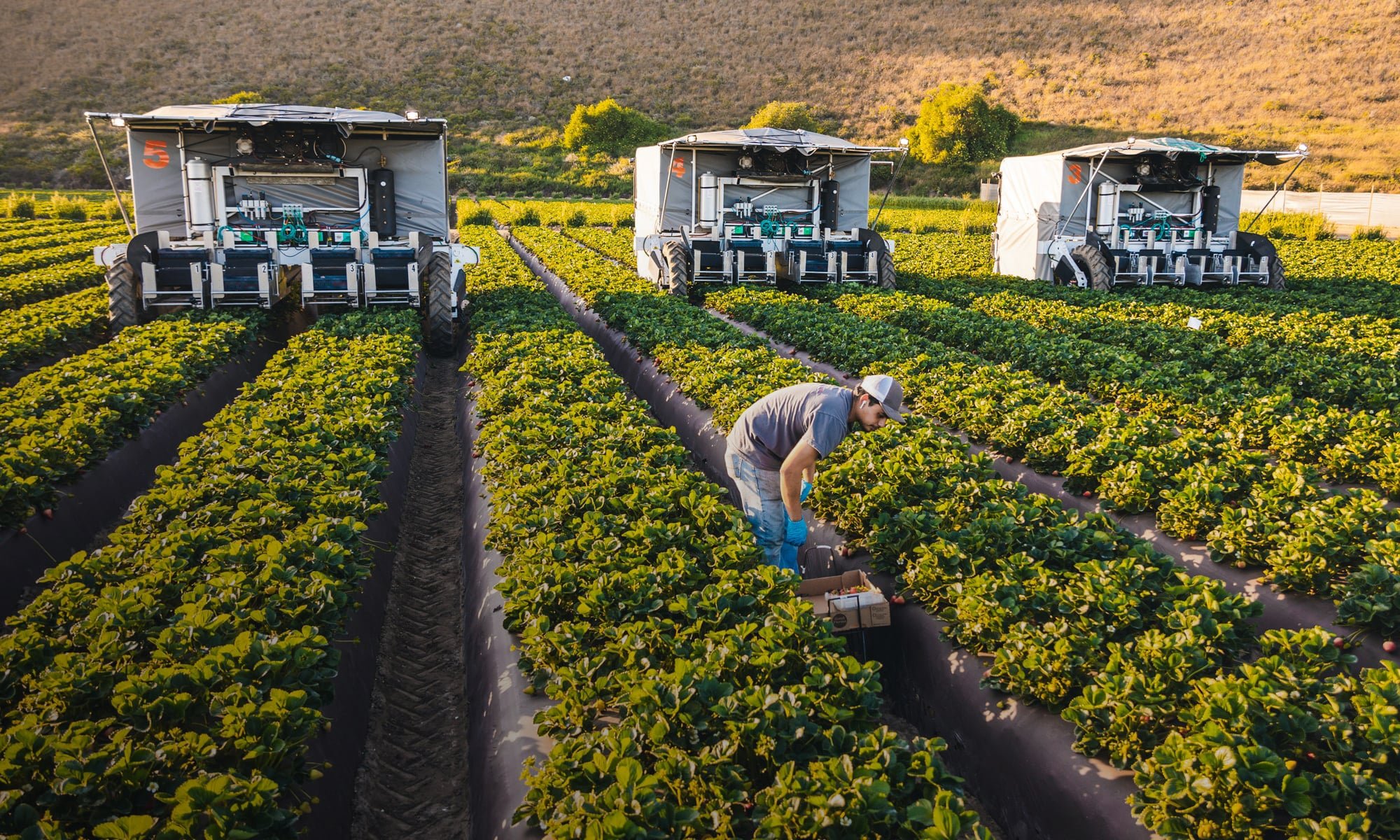The Challenges and Opportunities of Harvesting Specialty Crops with Robotics
The agricultural landscape is evolving, and with it, the way we harvest our food. Robotics is emerging as a potential solution to the labour shortages and rising costs plaguing the industry, especially in the realm of specialty crops. However, the path to robotic harvesting isn't without its hurdles. Let's delve into the challenges and exciting opportunities that lie ahead.
The Unique Challenges of Specialty Crops
Unlike row crops like wheat or corn, specialty crops – think strawberries, grapes, or tomatoes – present unique challenges for robotic harvesting. Their delicate nature, irregular shapes, and varying levels of ripeness demand a level of precision and adaptability that traditional machinery struggles to achieve.
Delicacy: Many specialty crops are easily bruised or damaged, requiring gentle handling that robots are only now starting to master.
Variability: The size, shape, and position of fruits and vegetables within a plant can vary significantly, making it difficult for robots to accurately identify and pick them.
Ripeness: Determining the optimal time for harvest often requires human judgement, as overripe or underripe produce can negatively impact quality and yield.
The Promise of Robotics
Despite these challenges, the potential benefits of robotic harvesting for specialty crops are immense:
Labour Shortages: Addressing the growing labour shortages that are driving up costs and threatening the viability of many farms.
Improved Efficiency: Robots can operate 24/7, potentially increasing harvest speed and efficiency.
Reduced Costs: Automation can lead to significant cost savings on labour, as well as reduced waste due to more precise picking.
Data Collection: Robots can collect valuable data on crop health and yield, providing farmers with insights to optimise their operations.
Overcoming the Challenges: Advancements in Technology
The good news is that technology is rapidly evolving to meet these challenges head-on. Advancements in machine learning, computer vision, and robotic dexterity are paving the way for more sophisticated and capable harvesting robots.
Advanced Sensors and Imaging: Robots equipped with high-resolution cameras and sensors can now better identify and locate fruits and vegetables, even in challenging conditions.
Machine Learning Algorithms: These algorithms enable robots to "learn" from experience, improving their ability to recognise ripeness, assess quality, and handle produce with care.
Soft Robotics: Inspired by nature, soft robotics utilises flexible materials and gentle gripping mechanisms to mimic the delicate touch of human hands.
The Road Ahead
The journey towards fully autonomous robotic harvesting for specialty crops is a marathon, not a sprint. However, with continued advancements in technology and innovative solutions, the future looks bright for a more efficient, sustainable, and productive agricultural industry.
We're excited to be part of this revolution, working towards a future where technology and human expertise collaborate to nourish the world.

